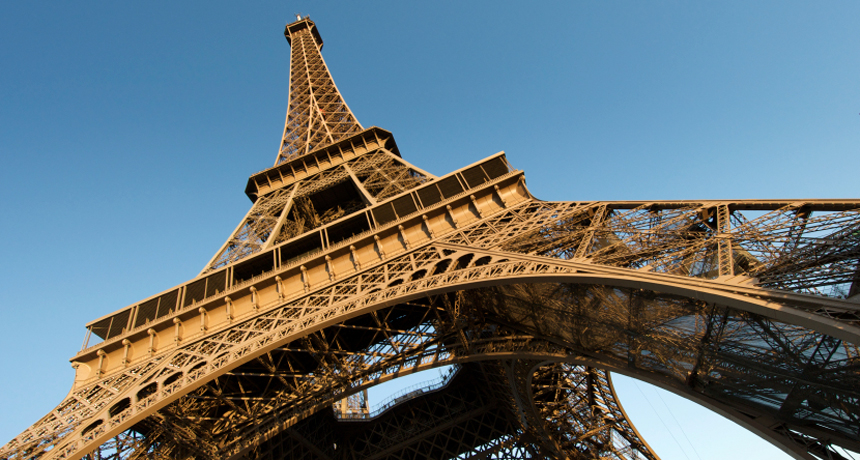Fun facts about the Eiffel Tower
Check out amazing details about its size, weight and construction

Some 2.5 million rivets and 60 metric tons of paint help keep this mighty icon of Paris strong and beautiful.
AlessandroColle/iStockphoto
Check out amazing details about its size, weight and construction

Some 2.5 million rivets and 60 metric tons of paint help keep this mighty icon of Paris strong and beautiful.
AlessandroColle/iStockphoto